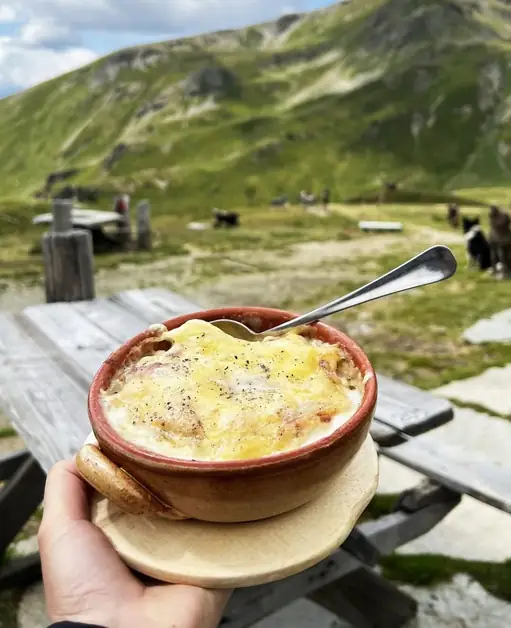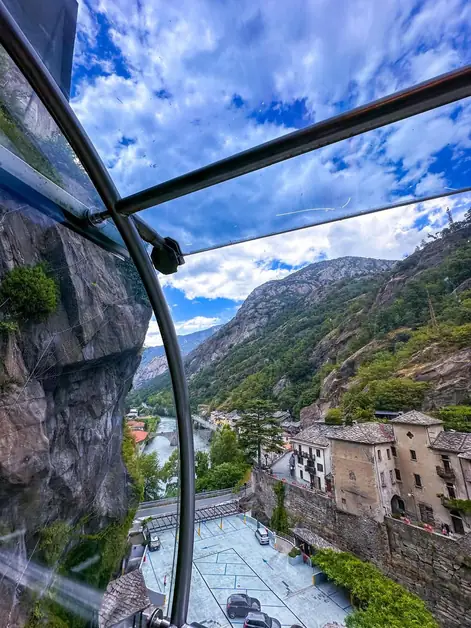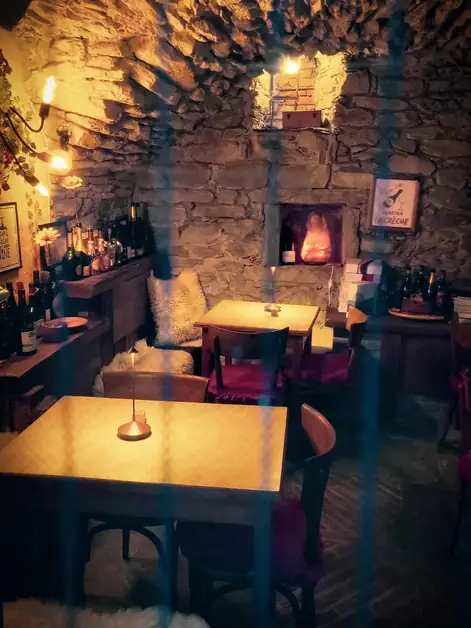Must-Try Polenta and Tartiflette in Aosta Valley
Discover the must-try dishes of Aosta Valley like polenta and tartiflette.

What are the typical dishes of Aosta Valley?
Aosta Valley is famous for its hearty mountain cuisine. Among the most loved dishes are polenta, served in a thousand variations, and tartiflette, a French recipe that has also conquered the tables of Aosta Valley.
What is Valdostan polenta?
Valdostan polenta is made with cornmeal, cooked slowly and served hot. In Aosta Valley, it is often enriched with local cheeses like Fontina DOP, melted butter, and sometimes with meat or game.
Where to eat polenta in Aosta Valley?
Many restaurants and agritourisms offer polenta year-round, but it becomes the star during winter. In mountain huts near ski slopes, you will find steaming polenta accompanied by stews, sausages, or melted cheeses.
What are the most popular variations of polenta in Aosta Valley?
Among the most loved variations are: Polenta concia: enriched with cheeses and butter, very creamy. Polenta and venison: served with venison stew in red wine. Polenta with sausage: simple and tasty, ideal after a day in the snow.
What is tartiflette?
Tartiflette is a rich dish made with potatoes, onions, bacon, and reblochon cheese. Although it originated in Savoy, it has found a special place in Aosta Valley restaurants due to cultural and geographical proximity.
Where to taste tartiflette in Aosta Valley?
You can enjoy it in alpine huts and mountain restaurants, especially in tourist areas near the French border. It is very popular among skiers looking for a hearty and flavorful dish to warm up.
Polenta or tartiflette: which to choose during a vacation in Aosta Valley?
There is no single answer. Polenta is the perfect choice for those who want to experience Valdostan tradition, while tartiflette is a dish that tells the story of a border territory. Both dishes are excellent for those who love intense flavors and generous portions.
What Valdostan wines to pair with polenta and tartiflette?
With polenta concia, a white wine like Blanc de Morgex et de La Salle pairs well. With venison or game polenta, a full-bodied red like Torrette Superiore is perfect. With tartiflette, a fresh and aromatic white wine helps balance the richness of the dish.
When to enjoy polenta in Aosta Valley?
Polenta is ideal in the winter months, perhaps in front of a lit fireplace. However, it is also offered in summer, especially during village festivals and food and wine fairs.
Are there events or festivals dedicated to polenta in Aosta Valley?
Yes, in various municipalities, popular festivals are organized where polenta is cooked in large copper cauldrons. It is a perfect opportunity to experience mountain conviviality and taste authentic recipes.
Tartiflette and tourism: why is it so loved by visitors?
Tartiflette captivates with its simplicity and the intense flavor of melted cheese. Tourists often choose it as an alternative to polenta, attracted by its international fame and its connection to French alpine cuisine.
Polenta or tartiflette: what do the locals prefer?
Many residents of Aosta Valley remain attached to polenta, a symbol of local mountain cuisine. However, tartiflette also has its admirers, especially among the young and in tourist contexts.
How much do polenta and tartiflette cost in Aosta Valley restaurants?
Prices vary depending on the venue: a portion of polenta concia can cost between 10 and 15 euros, while a tartiflette ranges from 12 to 18 euros. In alpine huts, prices may be slightly higher, but the atmosphere makes the experience special.
Are polenta and tartiflette suitable dishes for children?
Yes, both dishes are also liked by children. Polenta with cheese is soft and flavorful, while tartiflette, with potatoes and melted cheese, is a dish that is usually received with enthusiasm.
Polenta or tartiflette: which dish to order after a day on the slopes?
After hours spent on the slopes, a hot and abundant dish is just what you need. Polenta with game provides energy and warmth, while tartiflette offers comfort and flavor thanks to the melting cheese.




